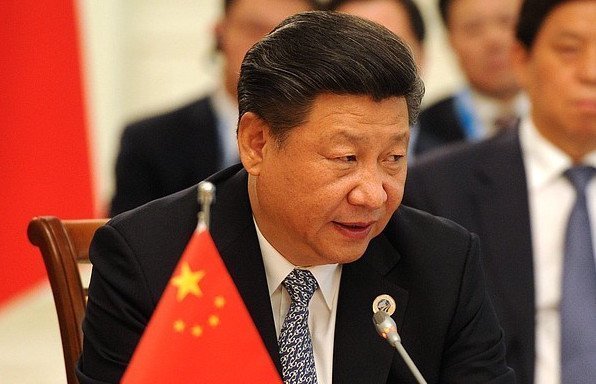Trump’s Tariff Tensions Impact Global Shipping

Donald Trump’s ongoing tariff disputes with major trading partners are creating uncertainty for shipping executives worldwide. Recently, he paused planned tariffs against Mexico and Canada for 30 days, citing their agreement to enhance border security. However, tensions with China continue to escalate, as new tariffs come into effect, affecting various sectors, including energy and agriculture.
Escalating Tariffs and Their Effects
Trump’s administration has implemented a blanket 10% tariff on Chinese imports, which took effect at midnight. In retaliation, China announced it would impose a 15% tariff on liquefied natural gas (LNG) and coal from the U.S., along with a 10% tariff on oil, agricultural machinery, and large-displacement vehicles starting next Monday. This back-and-forth has raised concerns among shipping executives about the potential disruptions in trade flows.
In a previous trade war, China targeted U.S. farmers, significantly reducing imports of American grain. This shift allowed China to source grain from Brazil, minimizing the impact on shipping tonne-miles. According to Clarksons Platou Securities, the dry bulk sector, particularly grain and steel products, suffered the most during the last trade conflict, followed by LNG and liquefied petroleum gas (LPG).
Overall shipping tonne-mile growth declined by 0.5% in both 2018 and 2019, reflecting the adverse effects of these trade tensions. As Trump prepares to speak with Chinese President Xi Jinping later this week, the shipping industry remains on high alert. Furthermore, Trump has indicated that the European Union may be his next target for tariffs, which could further complicate global shipping dynamics.
